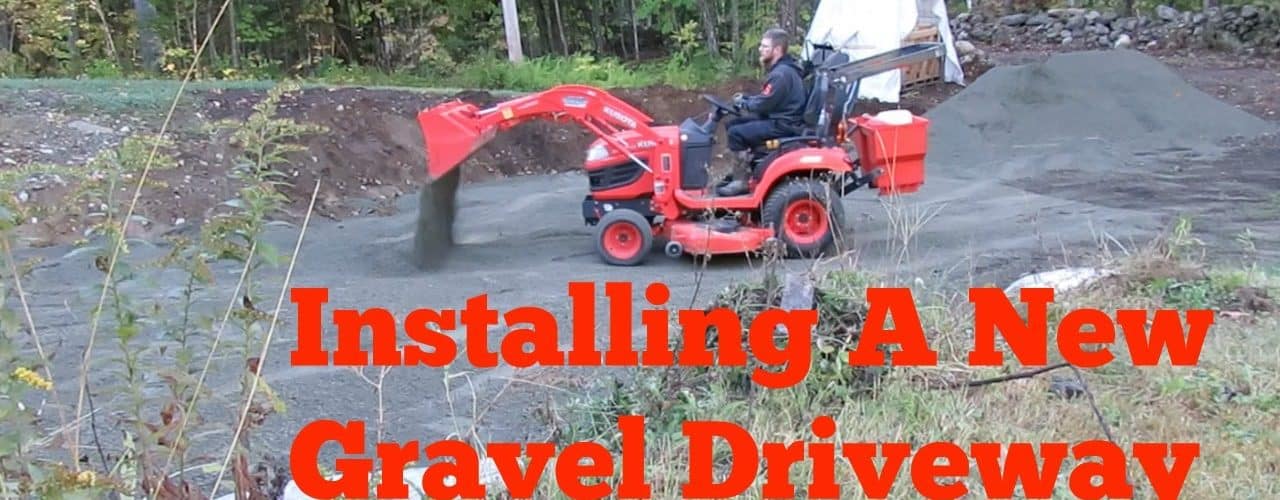Nothing sets off a house quite like a finely kept front yard and a sculptured driveway leading up to it. Nothing seems more unkempt and frustrating than a dirt driveway full of potholes, rocky bumps or ribbons of mud. Driveways are built out of various materials and may compliment or detract from the overall ambiance of the building. Concrete is the choice for durability, asphalt is more affordable but gravel is more natural and aesthetically pleasing. No matter what the final product is constructed from, the base that it is built upon is prepared in much the same manner.
The first thing that must be considered is the drainage; where you want the water to go. If the area drains naturally away from the house and doesn’t puddle in any one spot, the initial grading will be much simpler and the natural flow can be maintained. If drainage is a problem, a plan must be formulated to get the water from here to there. A builder’s level or a laser level is used to take initial shots of the existing ground and determine the proper grades to create positive drainage. If the house has a garage, the edge will be the high point and the grades can be determined from there. It must be kept in mind that the slab is finished grade and subgrade elevations will be minus the application of base material and gravel. Stakes are placed along the perimeter and on the centerlines to show cuts and fills to the grade wanted.
Much depends on the type of natural soil you have to work with. A sandy soil is easy to grade and compact but needs a lot of water in the preparation. A soil with high clay content will take much less water but is harder to grade and soil expansion is a consideration. Under the right conditions and with the right soil, a small driveway can be graded by hand by filling the low spots and shoveling out the high. With larger driveways or if there is a great deal of material to be moved, a tractor with a gannon box or a road grader may be needed. The soil must be processed with water to achieve optimum compaction and filled areas must be compacted in small lifts. If the entire driveway is low, imported material can be processed and placed making the whole grading process quite simple.
If the native soil is suitable, no base course is needed and the final application of gravel can be placed directly on the natural base grade. If a base course is going to be used, the natural soil must first be prepared and compacted at what is called the subgrade. Base course varies but is generally a mixture of soil, sand and aggregate designed to be highly compactable and stable. Compaction is accomplished by rolling grade with a steel wheel roller or pneumatic nine wheel that is often referred to as a wobbly.
Once the subgrade is graded and compacted and the base course is placed and rolled, it’s time to apply the gravel. Gravel driveways are laced in two manners; either gravel alone or imbedded in emulsified asphalt in what is called a chip seal. With a chip seal gravel driveway, hot, liquid emulsified asphalt is sprayed on the final grade and a layer of gravel is spread with total coverage. This is then rolled in and another application of asphalt is sprayed and another layer of gravel also rolled in. This creates a pavement of just nearly an inch thick. After setting up for a few days, the excess gravel may be swept up leaving a monolithic structure with no loose aggregate. For a simple placed gravel driveway a larger aggregate is used and is placed in one application to a depth of about an inch and a half and is rolled in with much lighter equipment. If the gravel becomes displaced it is a simple matter to rake it back in shape and normal driving will keep it compacted.
A well constructed gravel driveway makes life more comfortable, it is easier on your cars, can accent the home and shows a pride of ownership.



